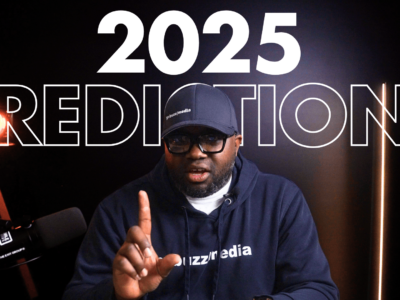- The U.S. electric grid is outdated. It was designed for a world that runs on fossil fuels.
- The grid needs some major tech upgrades in order to transition to a more distributed, all-renewable system.
- That means smart, internet-connected hardware working in tandem with advanced data analytics software to ensure that supply and demand are balanced, even when the sun isn’t shining or the wind isn’t blowing.
The United States has ample opportunity to transform its energy sector through decarbonization; however, this will require more than investments in just solar and wind technology.
The primary obstacle for renewable energy is actually the American electrical grid system, composed of the Eastern Interconnection, Western Interconnection, and Texas Interconnection. The modern grid hasn’t changed much in terms of design since it was initially composed.
The grid is designed for fossil fuel power plants, where large amounts of electricity are produced in relatively few locations. To clarify, the grid is designed for the one-way transmission of power, which is a problem for renewable energy. Solar and wind installations are cheap to install but are highly decentralized in nature.
They rely on individual companies and consumers producing, storing, and selling excess power to balance out the intermittency of renewable energy.
There are several improvements that must be made to grid systems across the United States if decarbonization is to be successfully undergone. Standard electrical transformers are not designed to accommodate backward electricity flows, meaning electricity produced by a homeowner or business that is fed into the grid.
These transformers must be adapted to the changing nature of electricity generation, which, while expensive, is a much-needed investment to improve the efficiency of electrical grids. Transmission and distribution infrastructure is built for peak hours of utilization, meaning the design ensures an uninterrupted flow of electricity to consumers.
Unfortunately, this often means “peaker” plants (fossil fuel plants used only during peak electricity hours) have to be maintained as backups, which can be incredibly costly and inefficient. Due to the decentralized nature of solar and wind energy, massive investments in new distribution lines would be a necessity to make a “green grid” viable, in which fossil fuel powerplants would be done away with altogether.
However, battery and other utility-scale storage technologies would also need be included in these infrastructure investments. Among these are pumped-storage hydro and Li-ion, thermal, solid-state, and flow batteries. These technologies tend to be fairly expensive, but have witnessed rapid cost decreases in the past decade.
Alongside large infrastructure investments, policies promoting the adoption and further innovation of smart technologies, including meters and censors, will be critical.
Smart technologies provide detailed electricity usage analytics, which can be used to improve the balancing of electricity demand and supply — a feat that will get harder as energy production becomes decentralized. Whereas traditional grids are based on matching supply to demand, new grids could instead seek to match demand to supply.
Through the use of smart devices, household electricity consumption could be automatically reduced during times of low renewable energy production. Demand response policies could effectively create a dispatchable source of electricity if integrated into the market properly.
Policies such as net metering, which enables consumers to sell power back into the grid, will help accomplish this goal by fostering the beginning of a new relationship between utilities and consumers, one which is based on reciprocity.
There are many logistical challenges, such as the coordination of jurisdictional regulations for private, public, and cooperative utilities that need to be answered before the United States will be able to effectively move towards a green grid.
To do so successfully will require the integration of everyday consumers into the energy market as well as the transformation of entire electrical systems. By no means will this be an inexpensive undertaking, but the moral imperative of climate change and the economic opportunities that lie in clean technology should make decarbonization a top priority for the United States.
It must be kept in mind, however, that investments alongside solar and wind to modernize the grid and transform the consumer-utility relationship will be needed to allow for a safe, reliable, and economically prosperous decarbonization.













Comments